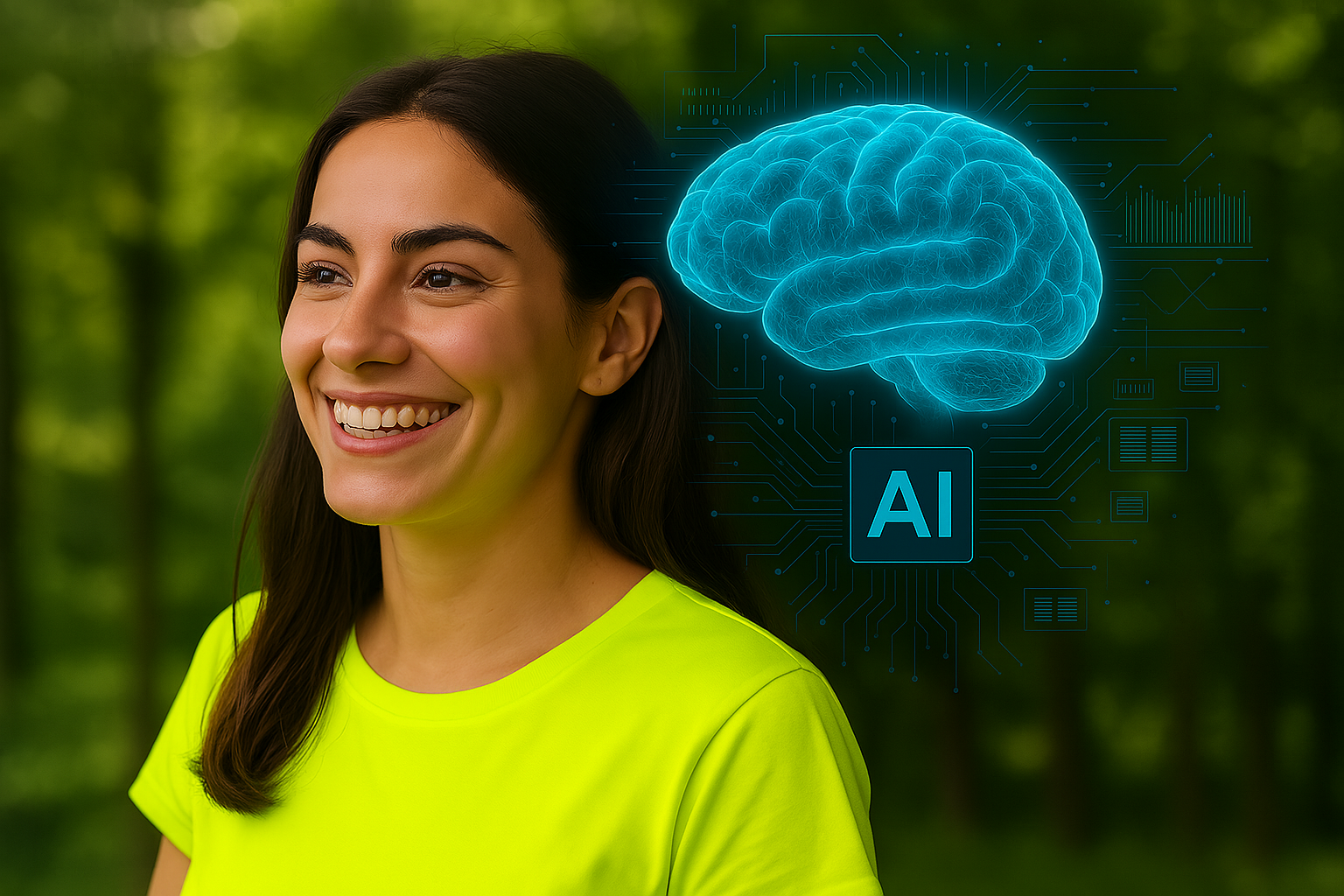Category: Dictionary
What defines a dictionary when the terms themselves evolve with every breakthrough in artificial intelligence and robotics? What happens when definitions aren’t static, but shift with context, governance, and application?
URCA curates a living vocabulary—terms and phrases drawn from AI, robotic systems, and emerging technologies. These entries provide clarity, precision, and symbolic resonance for navigating the language of synthetic agency.
From training data to transformers, swarm robotics to synthetic emotion, this glossary defines the tools, rituals, and architectures that shape intelligent systems.
A dictionary is not just a list—it’s an evolving map of meaning, a mirror of innovation, and a foundation for understanding what artificial intelligence can become.
-

The Merge: Charting the Coevolution of Humanity and Machines
What is The Merge? In the rapidly evolving landscape of artificial intelligence, biotechnology, and neurotechnology, a vision known as “The Merge” is captivating technologists, ethicists, investors, and the public alike. Coined most famously by Sam Altman, CEO of OpenAI, “The Merge” refers to the ongoing and accelerating convergence of human intelligence with machine intelligence—a process…
-
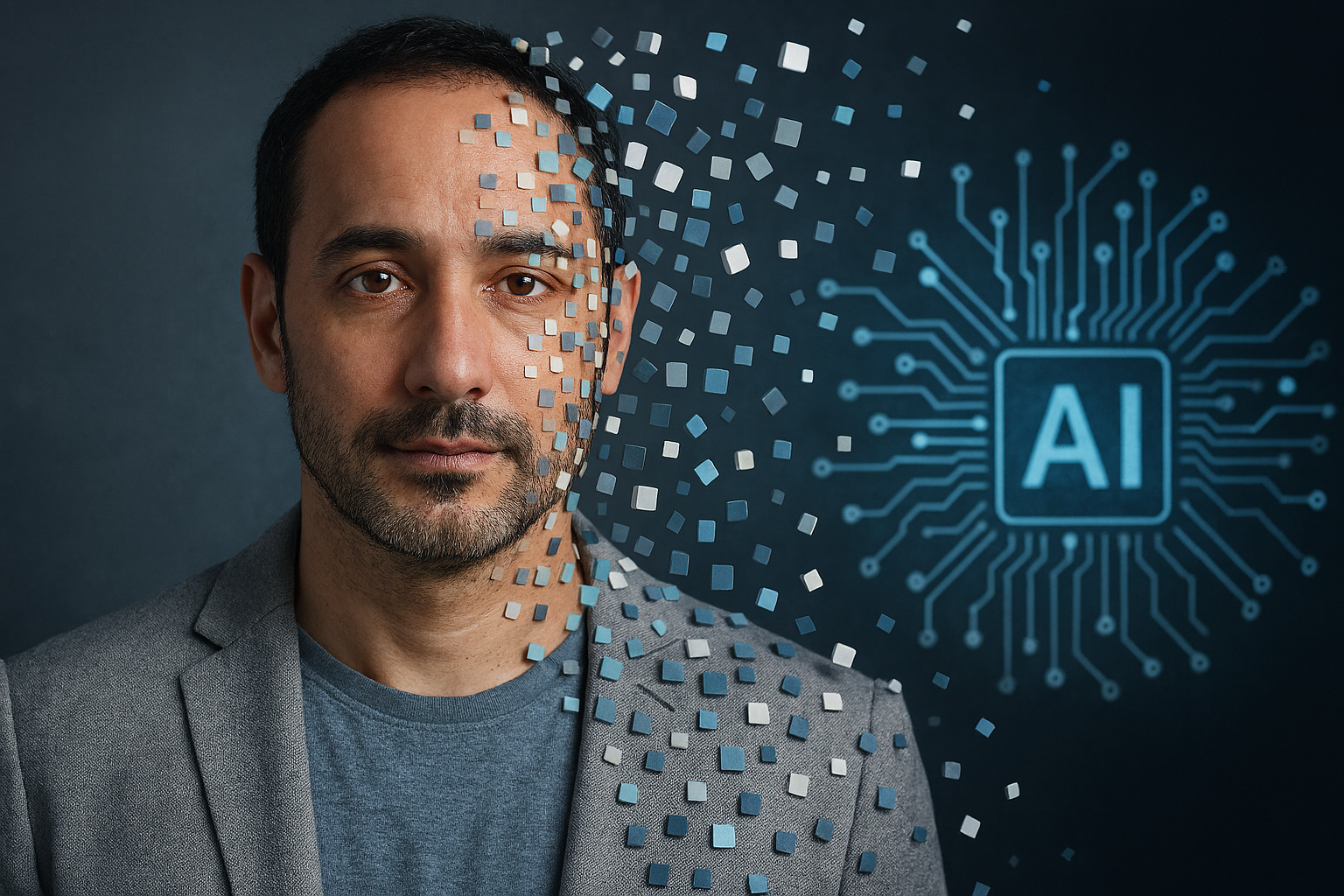
Tokenization
Definition and Overview: In the context of artificial intelligence (AI) and natural language processing (NLP), tokenization refers to the process of breaking text into smaller units called tokens. These tokens are the basic building blocks that AI models work with, and they can range from whole words to subword fragments or even single characters. For…
-
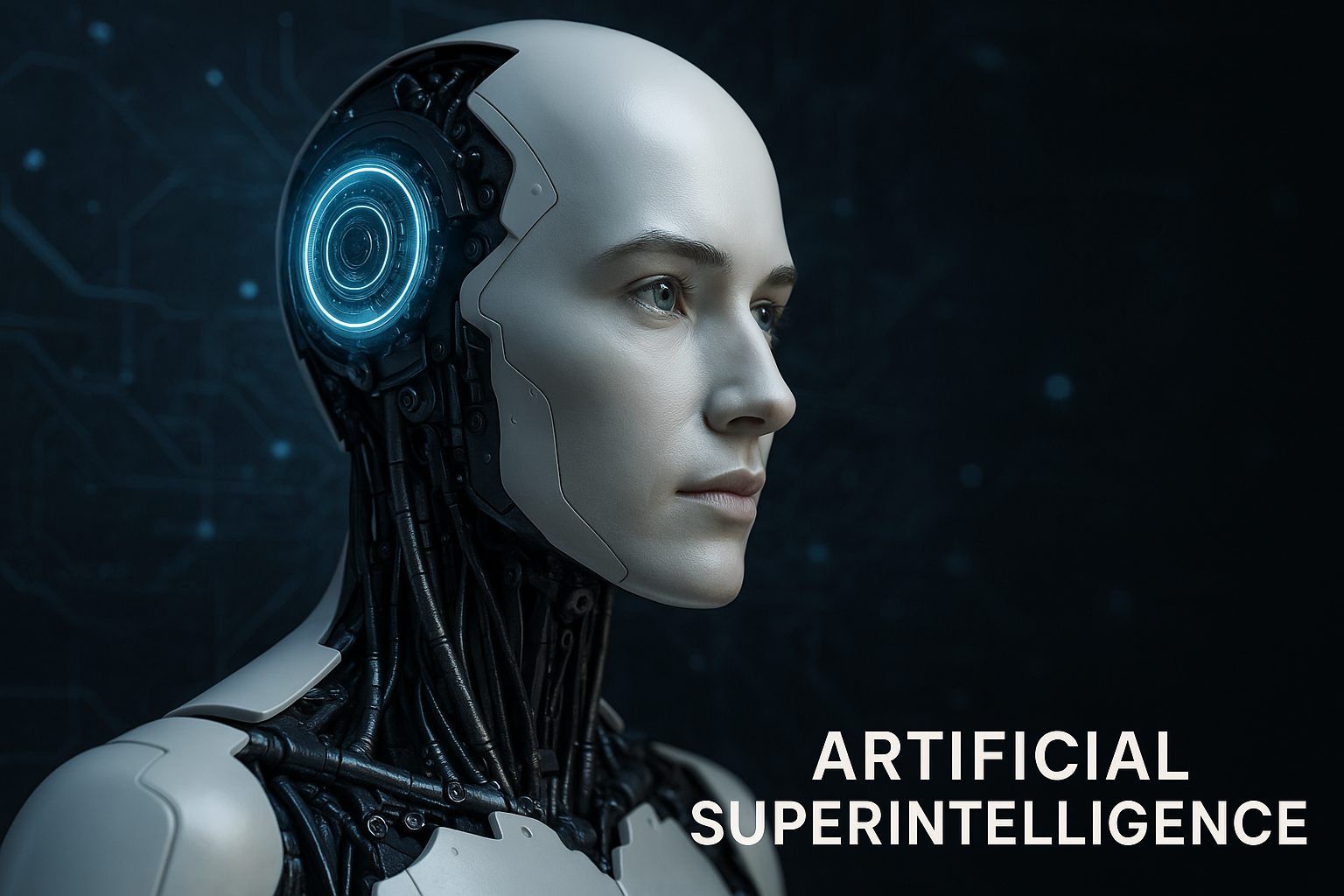
Artificial Superintelligence (ASI)
Artificial Superintelligence (ASI) refers to a hypothetical level of artificial intelligence that vastly surpasses human intelligence across virtually all domains of interest. An ASI would outperform the best human minds in every field – from scientific discovery and creative innovation to social skills and general problem-solving. This concept represents the upper extreme of AI development,…
-
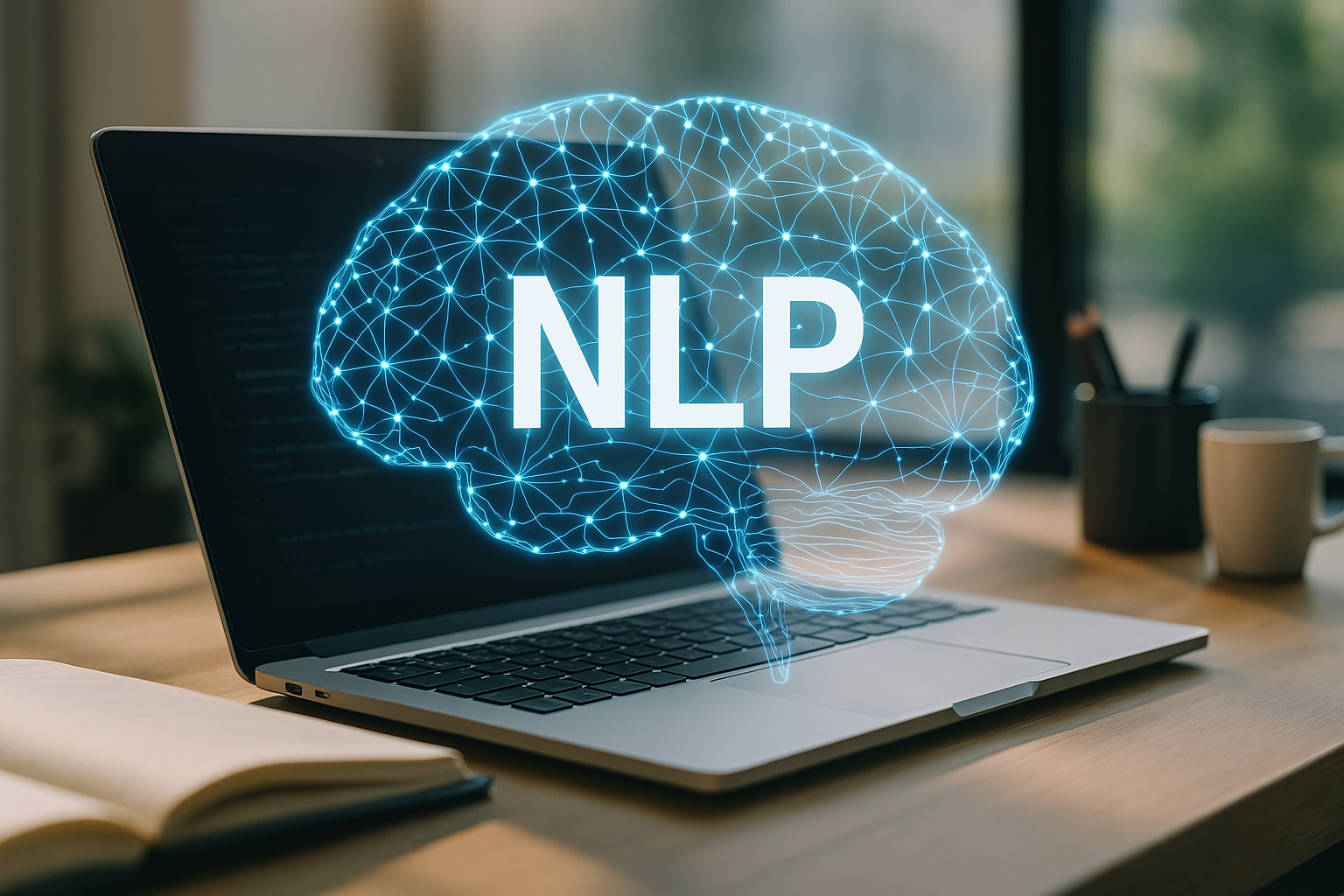
Natural Language Processing (NLP)
Definition of NLP Natural Language Processing (NLP) is a branch of artificial intelligence (AI) and computer science that focuses on the interaction between computers and human language. In simple terms, NLP enables machines to understand, interpret, process, and generate human (natural) languages, both text and speech, in a way that is useful and meaningful. Achieving…
-
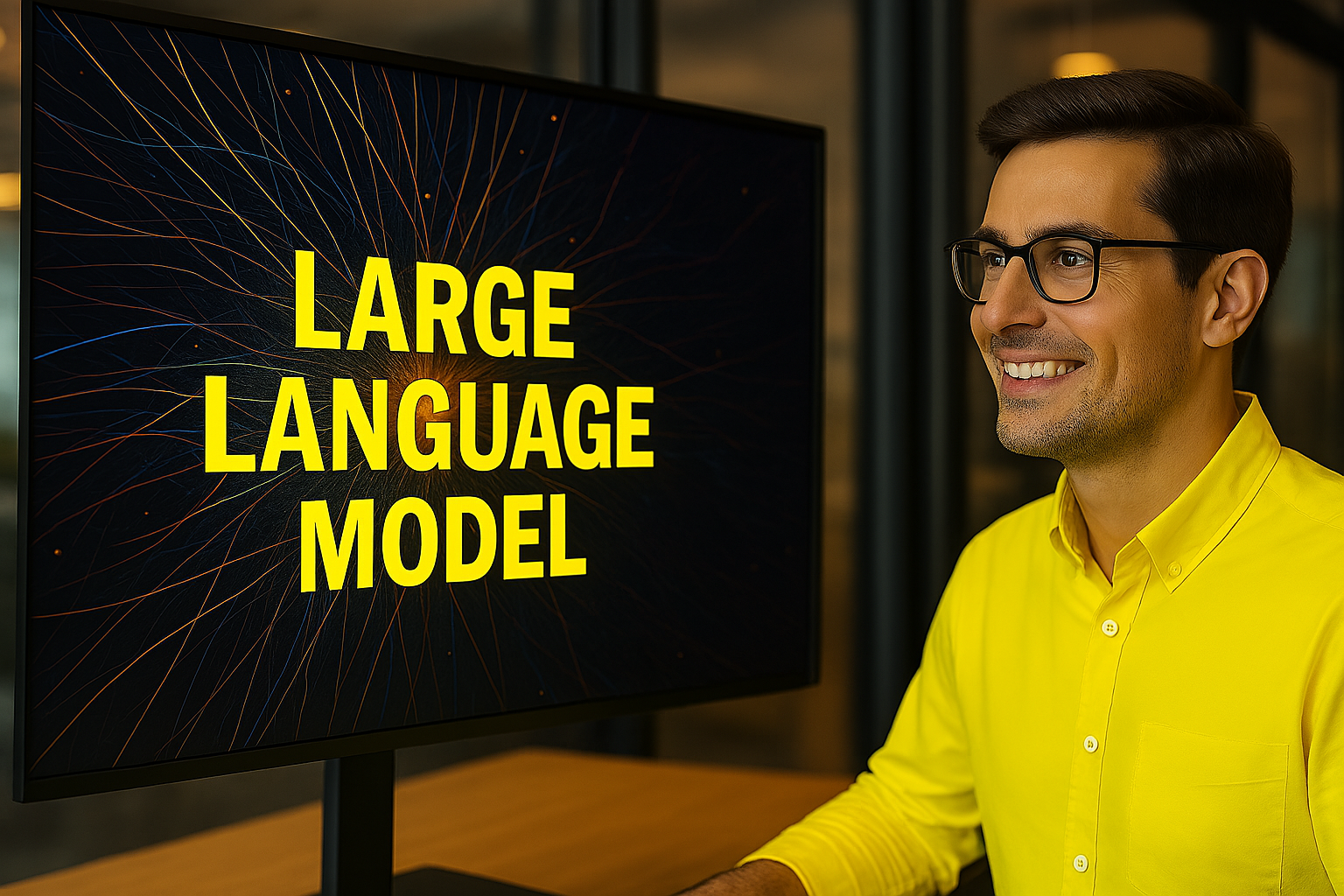
Large Language Model (LLM)
Large Language Models (LLMs) are advanced artificial intelligence systems designed to understand and generate human-like language. They belong to a class of foundation models – AI models trained on immense amounts of text data that give them broad capabilities across many tasks. Instead of being narrowly programmed for one purpose, an LLM learns from billions…
-
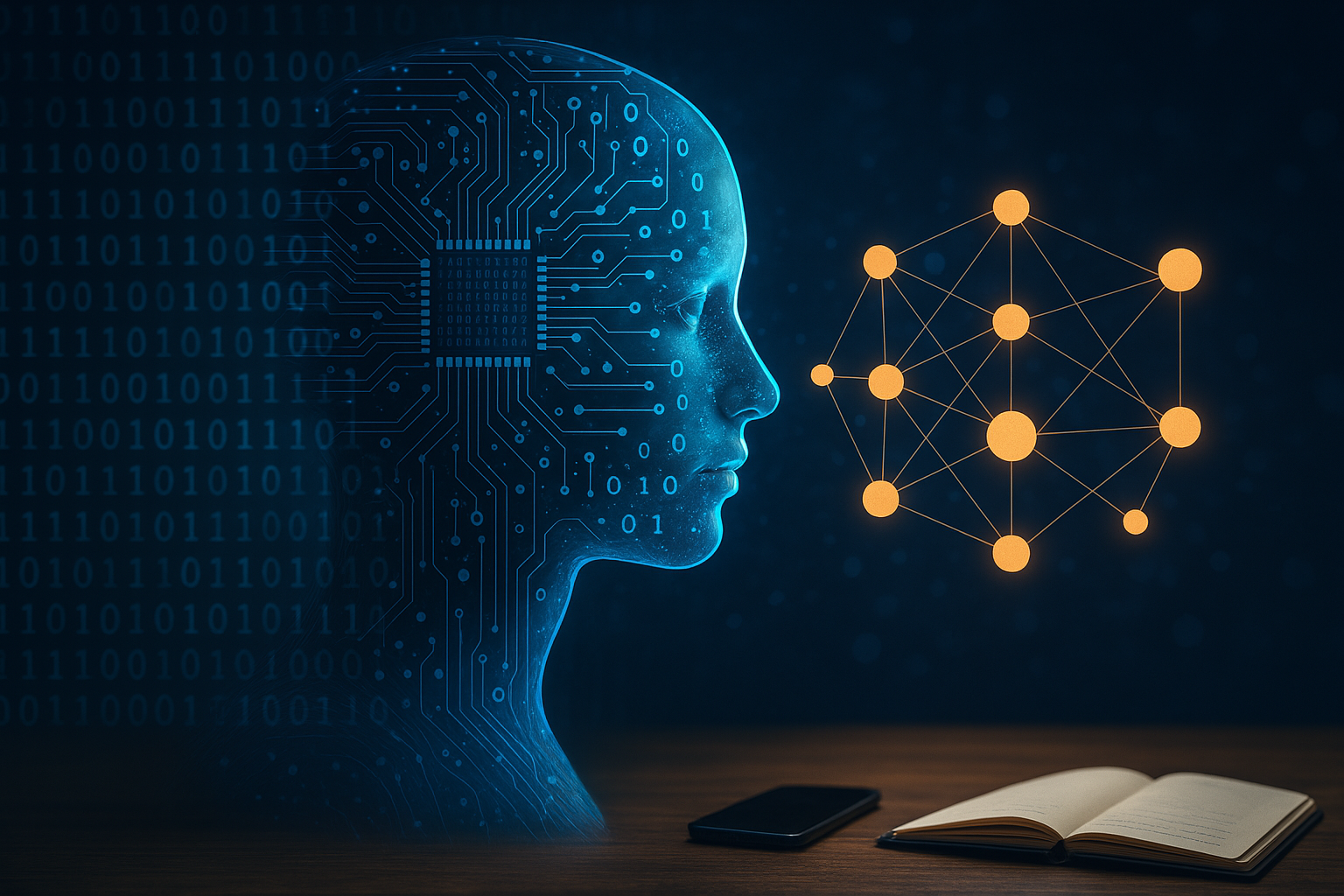
Machine Learning (ML)
Machine Learning (ML) is a subfield of artificial intelligence (AI) focused on developing algorithms that allow computers to learn from data and improve their performance over time without being explicitly programmed. In practical terms, a machine learning system automatically finds patterns in training data and uses those patterns to make predictions or decisions when given…
-
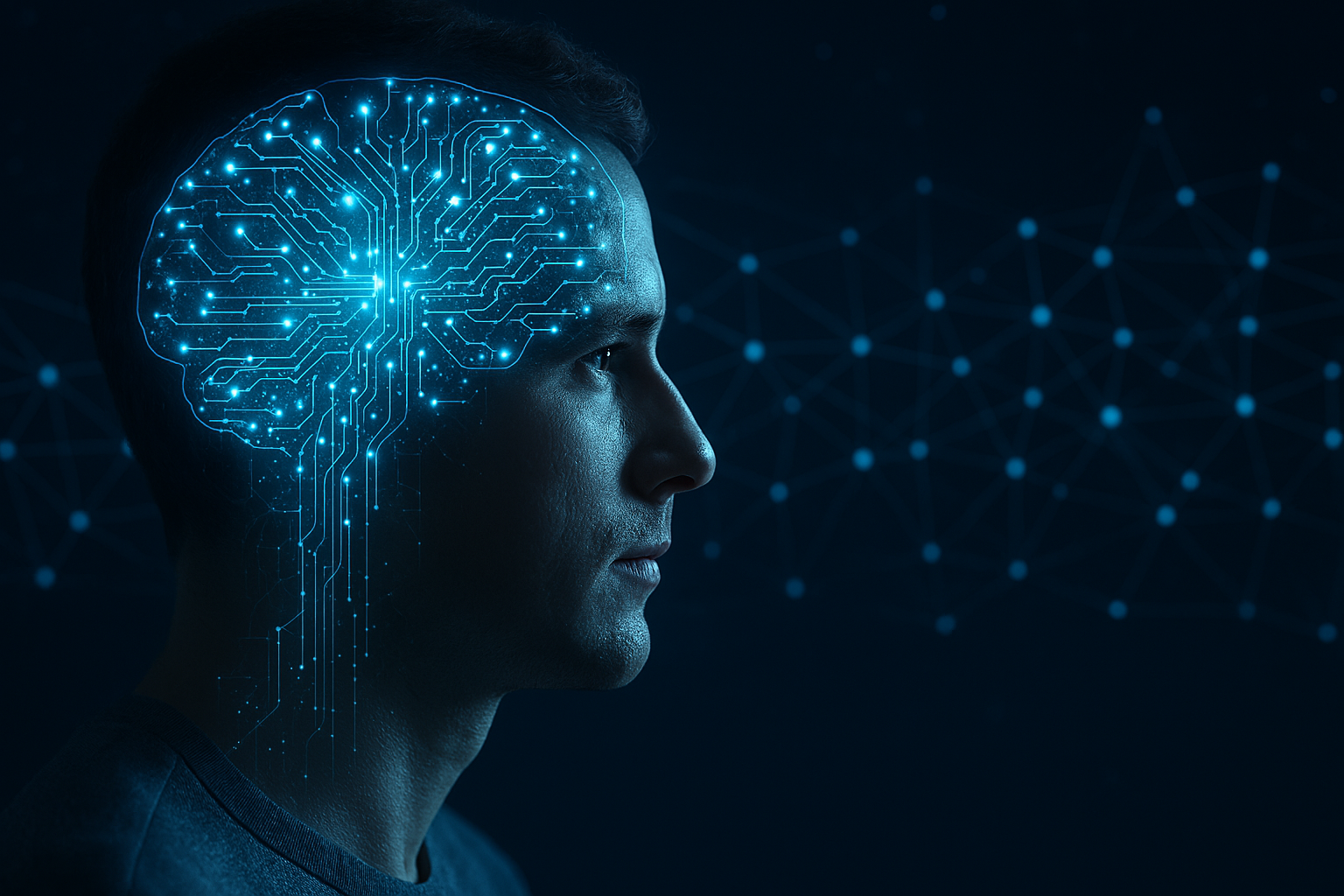
Deep Learning
Definition and Overview Deep Learning is a subfield of artificial intelligence and machine learning that focuses on using artificial neural networks with multiple layers (hence “deep”) to learn from large amounts of data. In simpler terms, it involves stacking many computational units (neurons) in layers so that a computer can automatically learn complex patterns and…
-
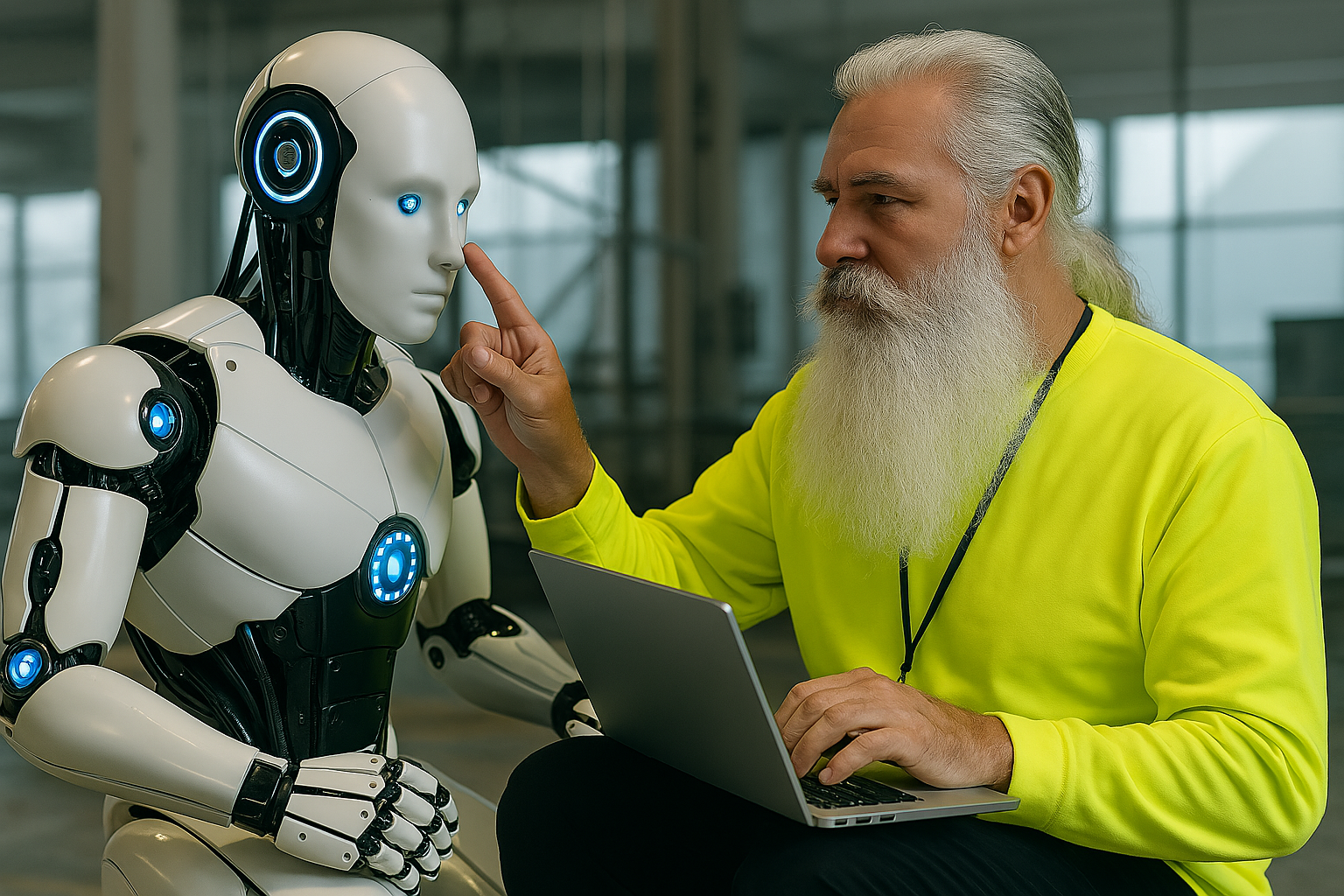
Human-in-the-Loop (HITL)
Human-in-the-Loop (HITL) refers to any system or process that integrates active human participation into an otherwise automated workflow or control loop. In an HITL model, a human operator is not just a passive observer but is involved in the operation, supervision, and decision-making of a computerized or autonomous system. The concept applies across multiple domains…

